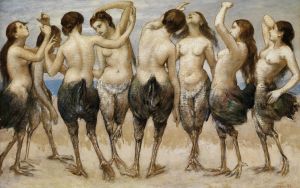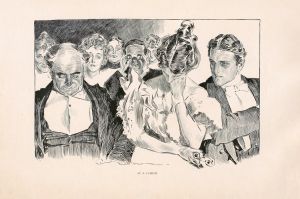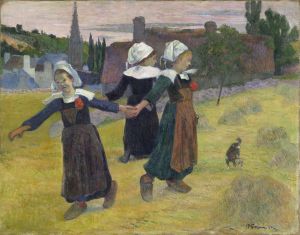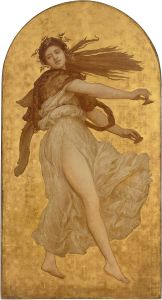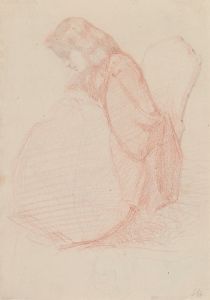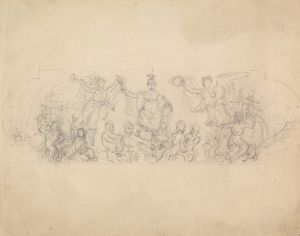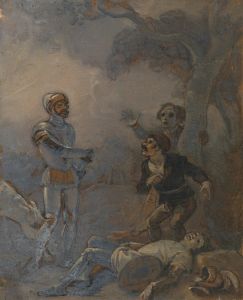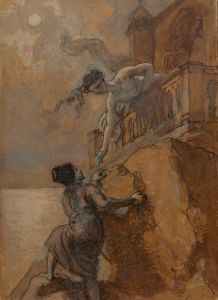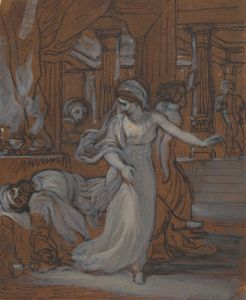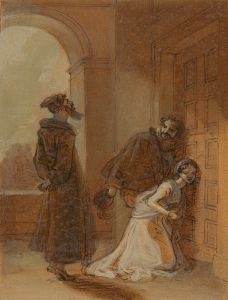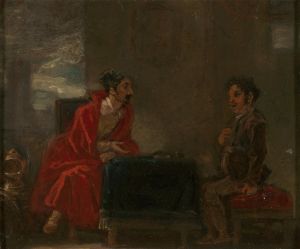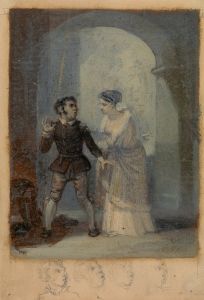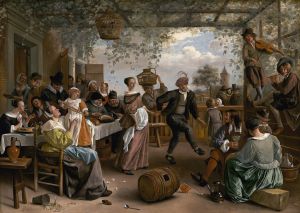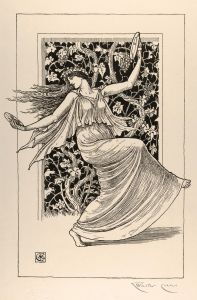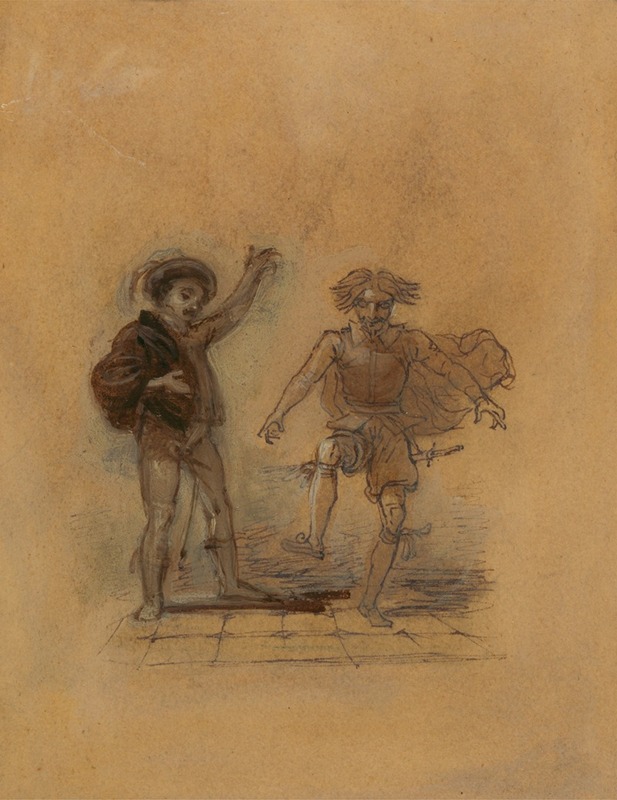
Malvolio Dancing
A hand-painted replica of Robert Smirke’s masterpiece Malvolio Dancing, meticulously crafted by professional artists to capture the true essence of the original. Each piece is created with museum-quality canvas and rare mineral pigments, carefully painted by experienced artists with delicate brushstrokes and rich, layered colors to perfectly recreate the texture of the original artwork. Unlike machine-printed reproductions, this hand-painted version brings the painting to life, infused with the artist’s emotions and skill in every stroke. Whether for personal collection or home decoration, it instantly elevates the artistic atmosphere of any space.
"Malvolio Dancing" is a painting by the British artist Robert Smirke, who was active during the late 18th and early 19th centuries. Smirke was known for his works that often depicted scenes from literature, particularly those of William Shakespeare. This painting is inspired by a scene from Shakespeare's comedy "Twelfth Night," which is one of the playwright's most enduring and frequently performed works.
In "Twelfth Night," Malvolio is a steward in the household of the noblewoman Olivia. He is a character who is often portrayed as self-righteous and somewhat pompous, making him a target for the other characters' pranks. The painting captures a moment from Act II, Scene V, where Malvolio, having been tricked into believing that Olivia is in love with him, fantasizes about his future with her. He imagines himself in a position of power and prestige, which leads him to behave in an uncharacteristically foolish manner.
Robert Smirke's depiction of Malvolio captures the comedic essence of this scene. The painting shows Malvolio in a moment of self-delusion, dressed in yellow stockings and cross-garters, as per the instructions in the fake letter he believes is from Olivia. This attire is significant because it is meant to be ridiculous and is contrary to the somber and puritanical image Malvolio usually projects. The yellow stockings and cross-garters are a visual representation of his folly and the extent to which he has been duped.
Smirke's style is characterized by a keen attention to detail and an ability to convey the humor and irony of the scene. His work often includes expressive facial features and body language, which are evident in "Malvolio Dancing." The painting not only captures the humor of Malvolio's situation but also reflects the broader themes of mistaken identity and the folly of ambition that are central to "Twelfth Night."
The painting is an example of Smirke's ability to translate the written word into visual art, capturing the essence of Shakespeare's characters and the comedic situations they find themselves in. Smirke was part of a larger movement of artists in the 18th and 19th centuries who were inspired by literary works, and his paintings often served as illustrations that brought these stories to life for audiences who may not have had the opportunity to see them performed on stage.
"Malvolio Dancing" is a testament to Smirke's skill as a painter and his understanding of Shakespearean comedy. It remains a valuable piece for both art and literature enthusiasts, offering insight into how 18th-century artists interpreted and engaged with the works of Shakespeare. The painting is part of the broader cultural appreciation of Shakespeare's work during this period, reflecting the enduring popularity and influence of his plays in the arts.





